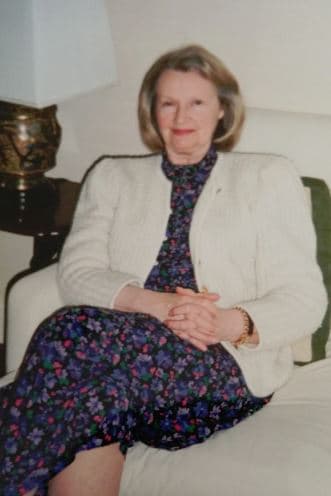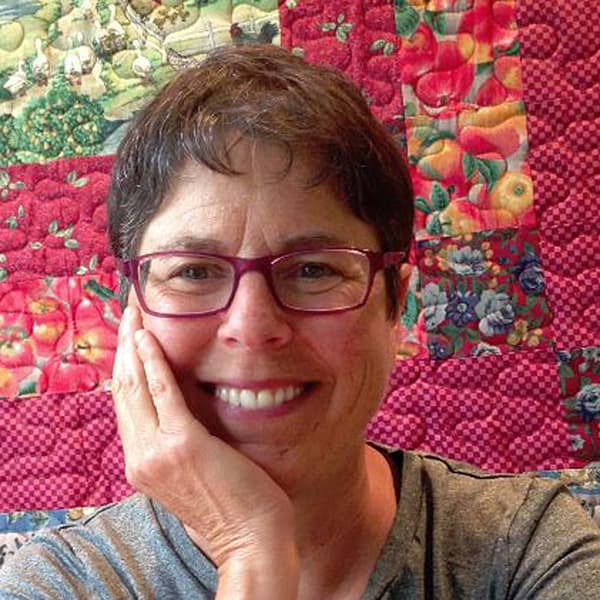Advertisement
The Remembrance Project: Pamela Sampson
“Professor Alexander Woodmouse was an inventor. He was old and famous, and he had a perfectly splendid laboratory and workshop," Emily Sampson reads from one of her grandmother Pamela Sampson's children's books. “The professor made his home at #22 Cheshire Place, with his nephew William and William’s many children.”

The whiskered Woodmouse family lived in a Victorian world. Their furry, domestic lives were enhanced by Professor Woodmouse’s inventions: the automatic shoe-buttoner, the cheese-wrapping machine, the ear-coolers. It took Pamela about a year to write and illustrate each book, and every page was dense with miniature detail readers could feast on.
“The children liked to visit the Professor’s laboratory, a mysterious place of bubbling, hissing and dripping things," reads Emily. "Sometimes the professor could be heard exclaiming, 'By jove!' or "Ha!'"
She drew her Woodmouses from life. Pamela’s husband, a helpful accomplice, used to catch mice outside their house and keep them in glass aquariums full of sawdust and paper towel tubes.
She had two pet mice, William and Winsome. "I think they were sort of there for like anatomical rendering the mice correctly," Emily recalls. "She named them and sort of created this whole family for them and this little backstory."
Mice are kinetic beings, and as models, they don’t willingly hold a pose, Pamela’s son Chris Sampson recalls. "Inevitably when a mouse died, or some other small animal died, it would end up in the freezer for her to paint post-mortem. It sounds macabre but I think it’s probably something that a lot of artists did."
Pamela painted whenever she could find the time and wherever she could find the space: a kitchen in one house, a living room in another. "Finally in Carlisle, she had her own small room off the living room in the front of the house, and it had a fireplace and some nice light," Chris remembers.
That room was always Emily's favorite, "'cause it was kind of off-limits. It was always so tempting to go in there, and I distinctly remember the smell— dust and paint, and all those turpentine and paint stripper smells, so it was probably a little heady for a child."
Advertisement
A prolific family sprang from its headiness, so hard to keep straight that the Woodmouse geno-gram needs a finger on the page, to follow each branch of the tree.
"There’s Samuel and Elizabeth are the matriarch and patriarch," Emily recalls. "And then there’s Winsom, Alexander, William who married Celestine, Henry who married Daisy, Paulie and Sebastian. And William and Celestine’s children are Amelia, Wilfred, Gwyneth, Harold, Lucinda and Rupert. And Henry and Daisy have Violet, Albert, Rose, George, Poppy, Tom and Ivy. And honestly, now, hearing them, I don’t think I could pick a favorite. They’re all just wonderful!”
After she developed glaucoma, Pamela stopped painting. Last February, she died in her own quaint Victorian cottage. She left two sons and four grandchildren, as well as a second family, living lower to the ground.
Pamela Sampson was author of The Incredible Invention of Alexander Woodmouse, and other children's books. She was 88 years old when she died.
Did you know Pamela Sampson? Share your memories in the comments section.
